India: where art is a way of life!
with notes on commodification, democratization, and homogenization
I’ve spent the last few weeks visiting family in India and feel *so* inspired by the ubiquity and democratization of art in the culture here.
Growing up in a contemporary Euro-American cultural landscape (I spent my formative years in Northern California and went to college in Massachusetts), my understanding of art was shaped by its portrayal as a distinct and elite facet of life — an exclusive domain largely segregated from daily living, a luxury mostly appreciated behind the solemn walls of museums and galleries, accessible primarily to those with the financial means or the education to understand its nuances.
In this Eurocentric context, art serves as a commodity, an indulgence in the capitalist market, where its value is measured more in monetary terms than cultural importance. This commodification of art often dictates which themes or styles gain prominence, favoring works that align with market trends over those that might challenge or diverge from mainstream tastes. Interestingly, this trend has also steered the evolution towards minimalism*, a style that, while often celebrated for its simplicity and elegance, can reflect a broader shift towards a more homogenized artistic expression**. In the West, art is commissioned, explained, auctioned, predominantly enjoyed by the rich and privileged, and often guarded by a veneer of pretension.
In India, art feels omnipresent and heterogeneous!
Instead of being confined to the hushed halls of galleries or exclusive collections of the affluent, art is deeply embedded into every aspect of daily existence. You find art spilling onto the streets, adorning the everyday. You see it painted on the backs of trucks, in the intricate patterns of rangoli and mehendi, woven into the beading and stitching on a sari ka palla — each thread a testament to the skill and creativity of its maker. In the colorful sabzi-mandi displays, inside rickshaws, on underpasses and highways, transforming everyday commutes into a visual feast. During celebrations, like in a baarat procession, art becomes kinetic and full of energy, with music, dance, and festively adorned horses.
Craftsmanship shines in the intricately designed jhumkas, where metal and stones interplay to create wearable art. Even in everyday objects, like the masala ka dabba, art is evident. These spice boxes are not merely functional; they often bear the marks of careful design, reflecting the cultural significance of food and cooking in Indian life.
Even when art is ephemeral, such as the mehendi that adorns hands for two weeks, the varmalas that will assuredly wither, or the rangoli patterns that will inevitably be stepped on or blown away by the wind, this transience does not diminish its value. Instead, it adds to the profundity and charm.
In India, art is not a static, prized commodity reserved for the select few. It transcends being a mere spectator's luxury… it is lived, felt, and celebrated in every moment.
By everyone.
* Historically, decorative objects have been criticized and minimalist aesthetics have been adopted by 20th-century totalitarian regimes to create a sense of order and authority.
** The trend towards minimalism can be seen as part of a broader pattern of ‘sameness’… This homogenization, while ostensibly promoting simplicity and clarity, often leads to a dilution of cultural distinctiveness.
Thank you for being here. Looking forward to hearing your thoughts on this!
x,
Maalvika





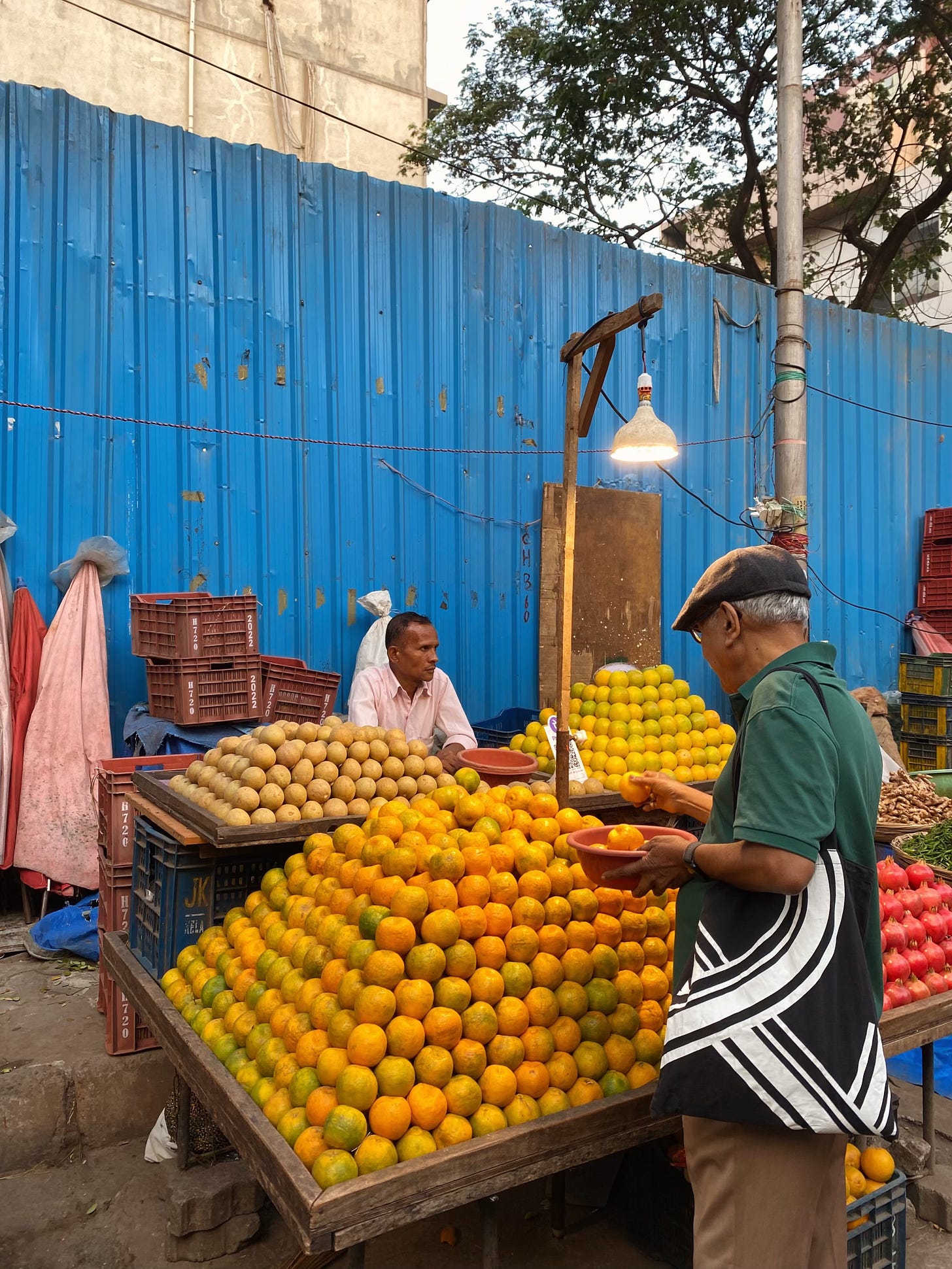
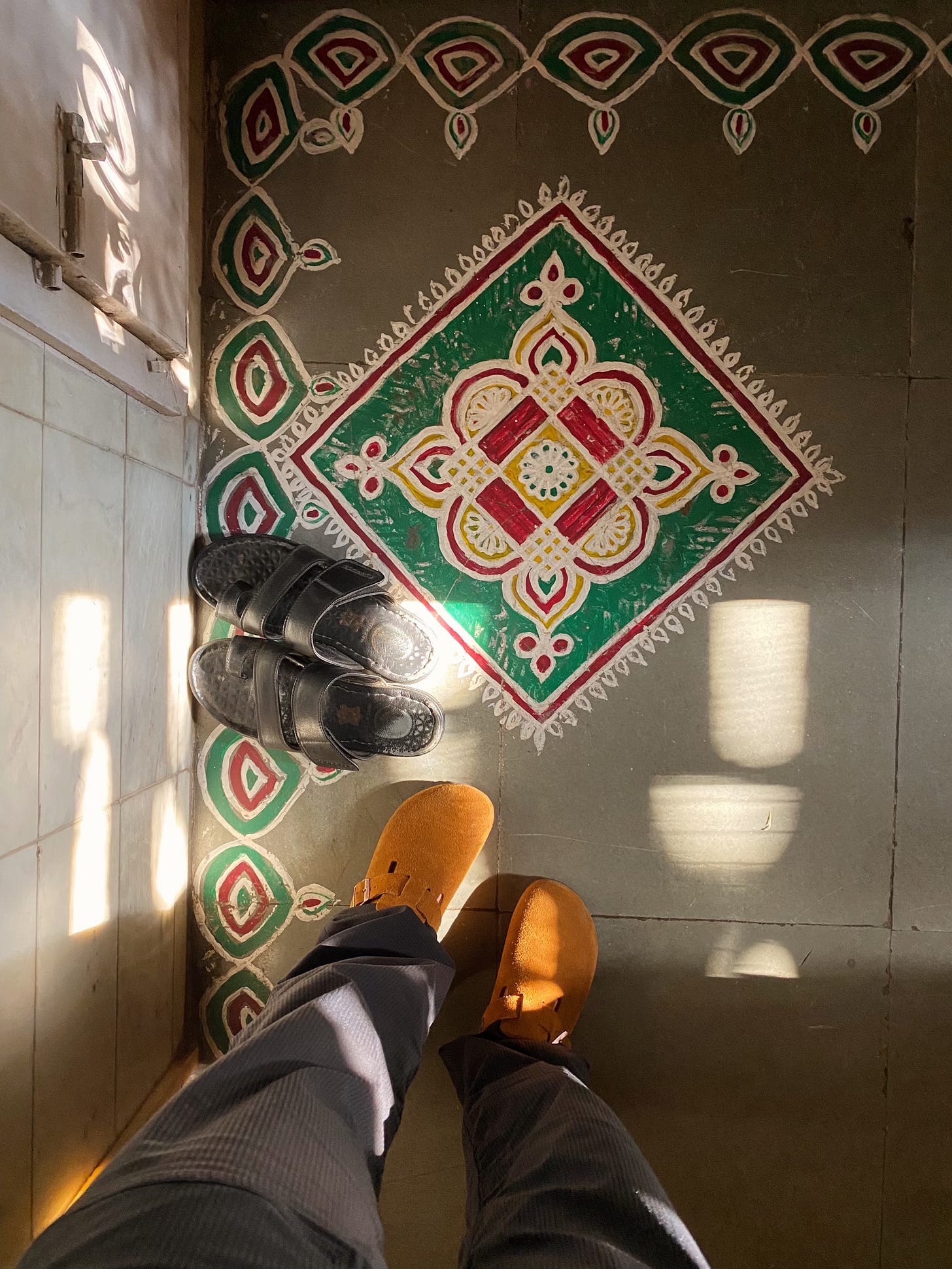
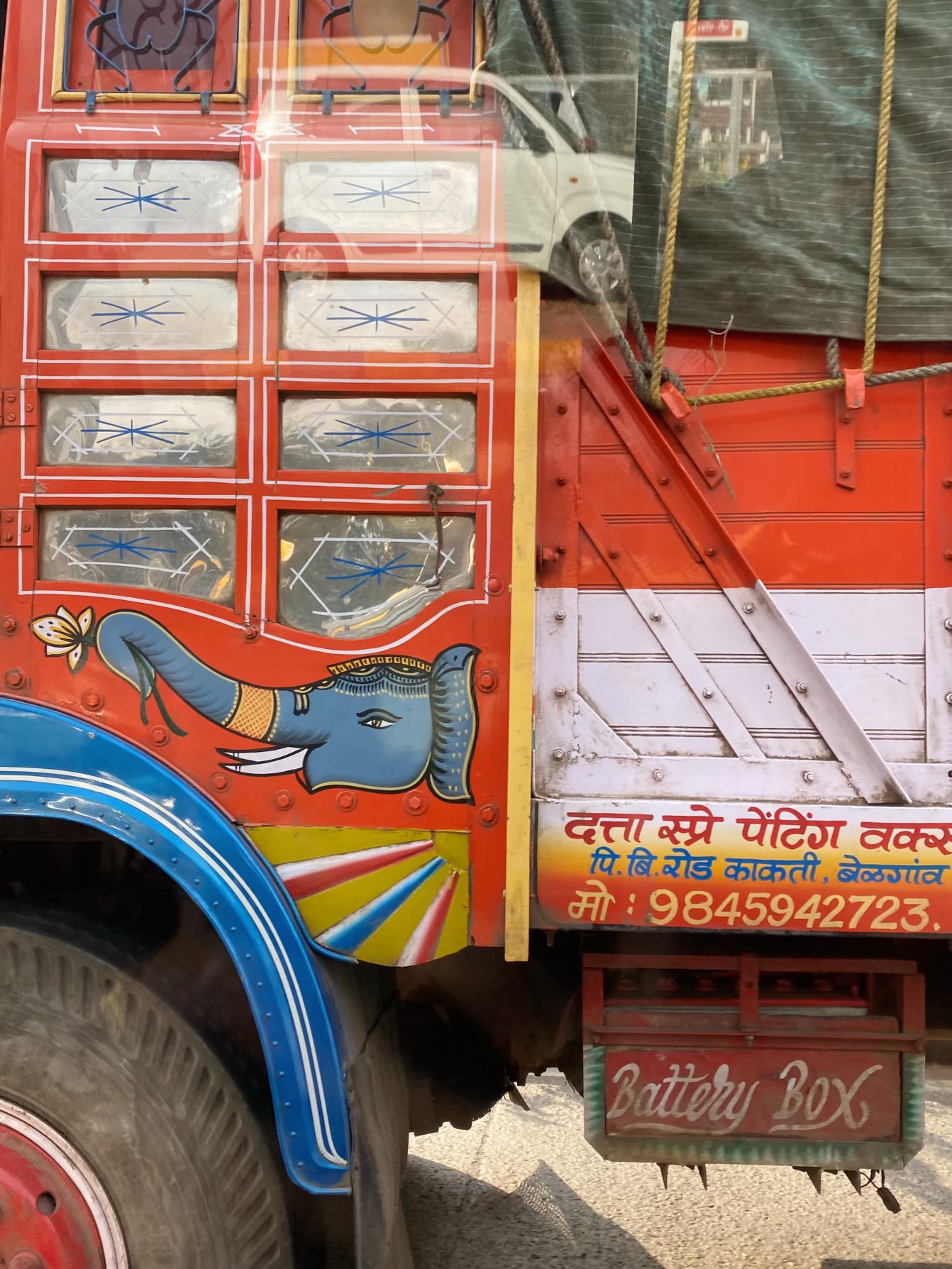
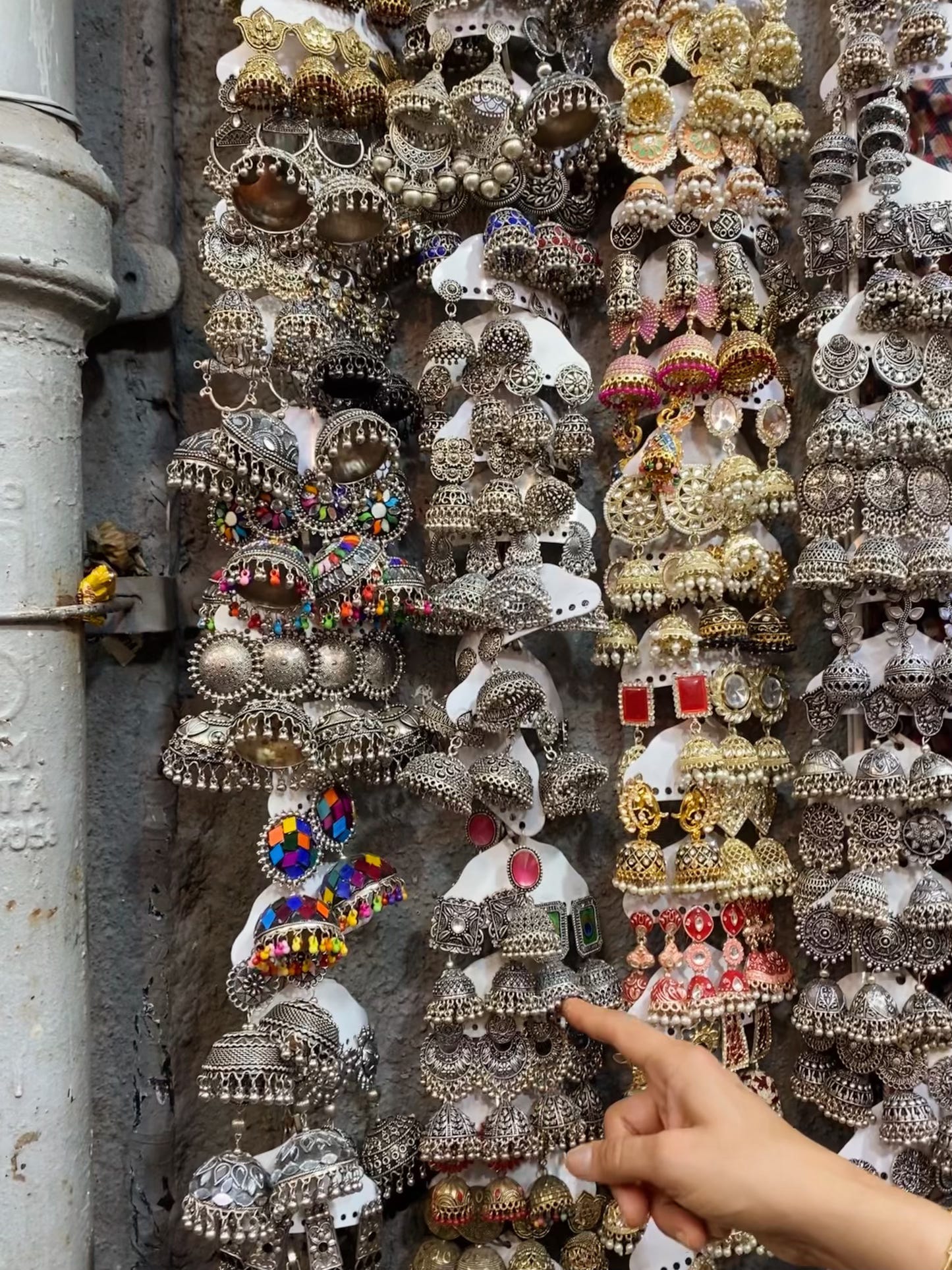
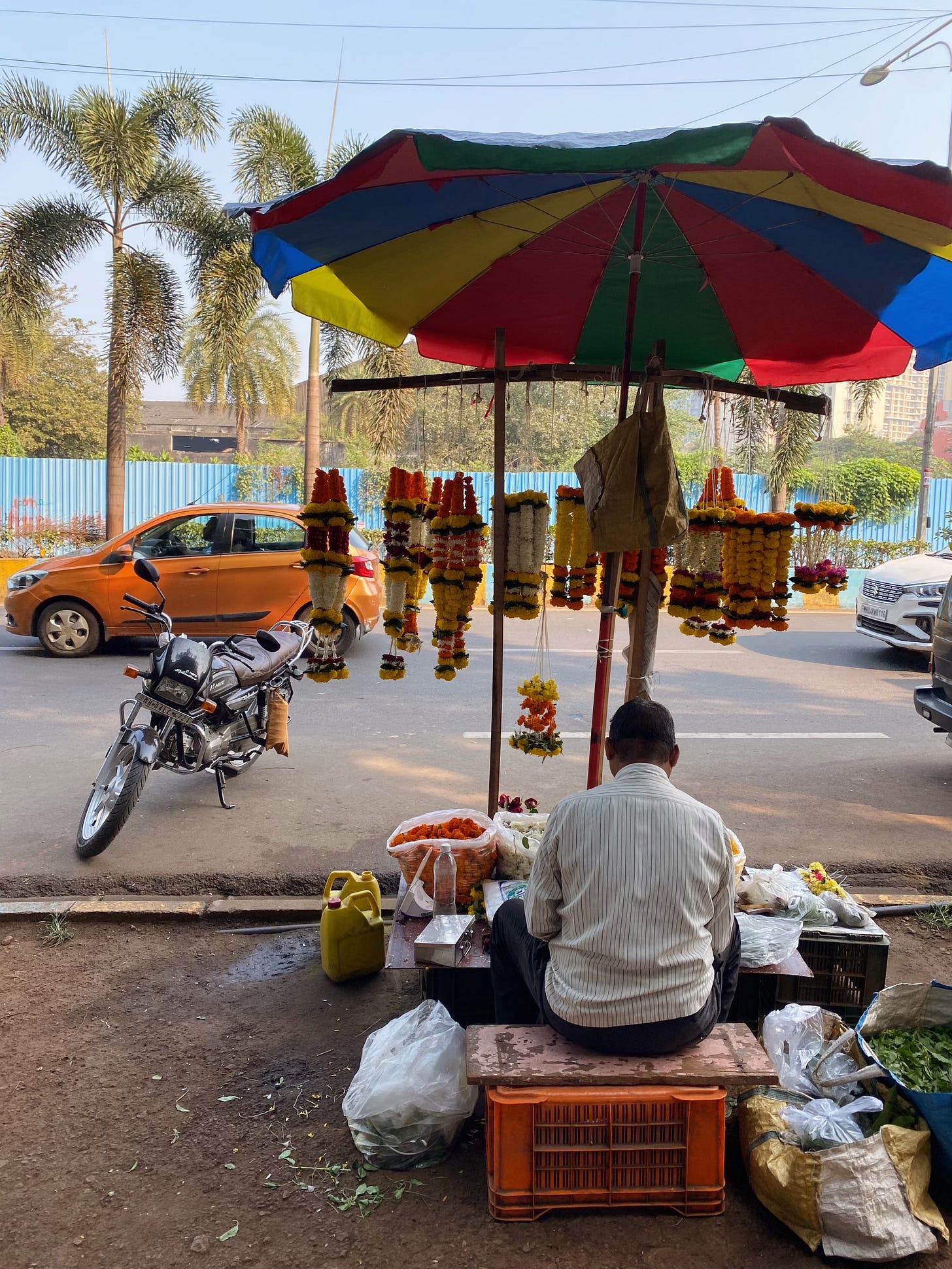
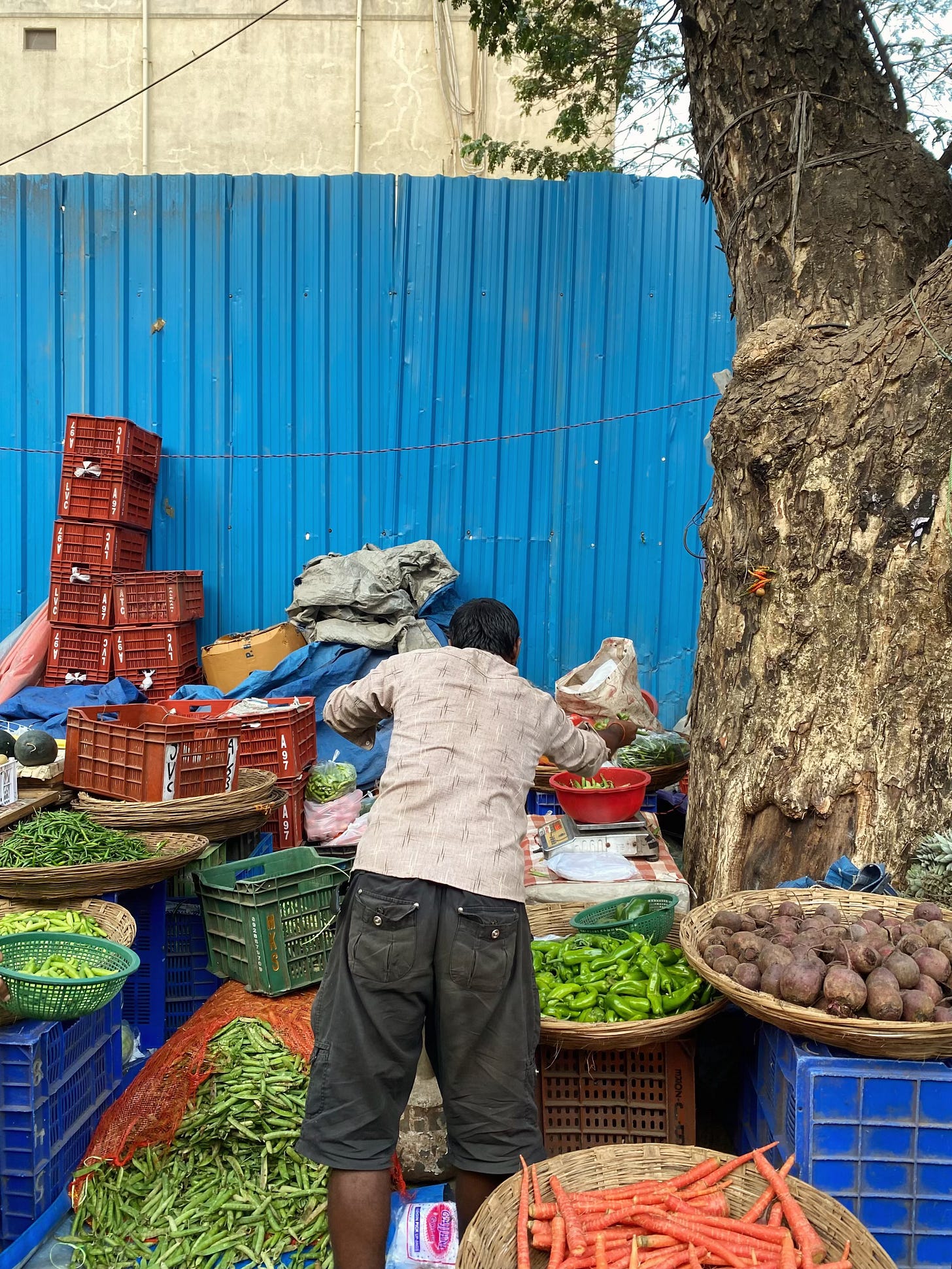
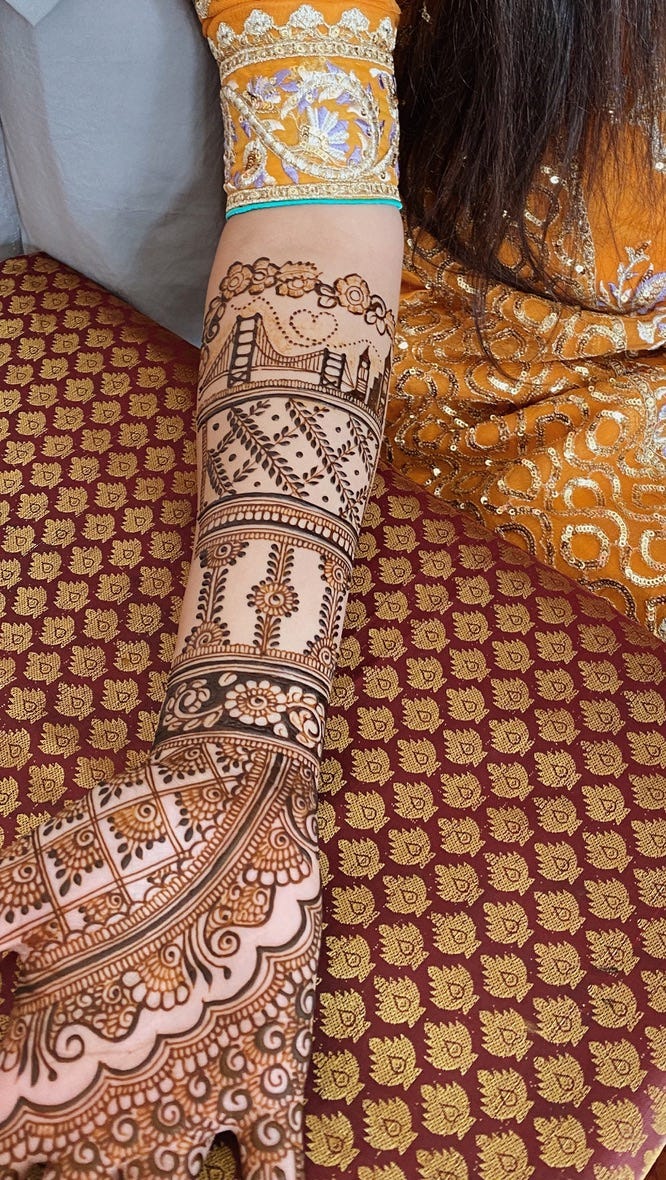
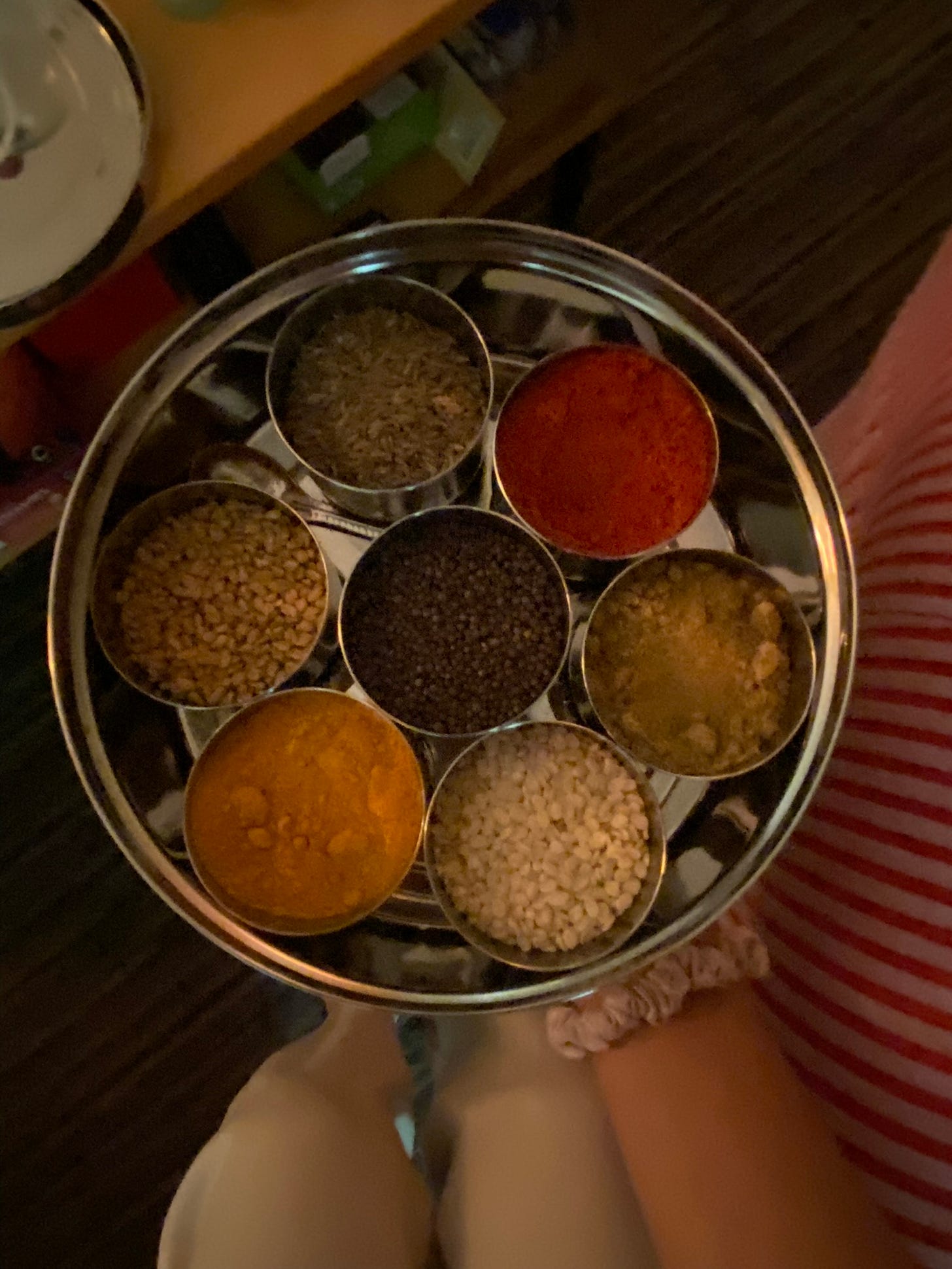


I wonder if the ubiquity of art in India is a reason why most Indian parents discourage their children from pursuing careers in the arts. Because everyone in India is an artist in some shape or form, they probably see art as something that should remain a hobby or pastime rather than something to build a career around.
Your content feeds me. My brain is always engaged and learning. I love that.